Love at Your Fingertips: the Science Behind Massaging Your Face and Release of Oxytocin
Have you talked to your skin today? Have you touched it?
Often, these questions may seem unconventional in the world of quick fixes. In our world, where beauty takes time, we take a different approach to self-care.

A daily self-massage of your face and neck can go a long way. You may even feel actual real warmth and the feeling of closeness (with your self). A feeling of love.
The Science of Oxytocin...
Massaging your face can have various physiological and psychological effects, including the potential release of oxytocin. Oxytocin is often referred to as the "love hormone" or "bonding hormone" because it plays a role in social bonding, trust, and relaxation. While the research specifically on facial massage and oxytocin release is limited, there are several mechanisms through which facial massage could potentially stimulate oxytocin release:
1. **Touch and Physical Contact**: Oxytocin is known to be released in response to physical touch and skin-to-skin contact. Facial massage involves direct physical contact with the skin, which can stimulate the release of oxytocin.
2. **Relaxation Response**: Massage, in general, has been shown to induce relaxation and reduce stress. When the body is in a relaxed state, oxytocin release may increase. Facial massage can help relax facial muscles and promote overall relaxation, potentially leading to oxytocin release.
3. **Activation of Pressure Points**: Some facial massage techniques involve applying pressure to specific points on the face, which are believed to correspond to various organs or systems in the body according to traditional Chinese medicine or reflexology. Stimulating these pressure points may trigger the release of oxytocin and other feel-good hormones.
4. **Sensory Stimulation**: The face is rich in sensory nerve endings. Massaging the face can stimulate these nerves, leading to a cascade of physiological responses, including the release of oxytocin.
It's also important to note that oxytocin is just one of many neurotransmitters and hormones involved in the complex physiological and psychological responses to massage. Other neurotransmitters and hormones, such as serotonin and endorphins, may also be involved in the overall benefits of facial massage.
Related Reads:
1. **Uvnäs-Moberg, K., Handlin, L., & Petersson, M. (2015). Self-soothing behaviors with particular reference to oxytocin release induced by non-noxious sensory stimulation. Frontiers in psychology, 5, 1529.**
- This review discusses the role of oxytocin in self-soothing behaviors induced by various non-noxious sensory stimuli, including touch and massage.
2. **Morhenn, V., Beavin, L. E., & Zak, P. J. (2012). Massage increases oxytocin and reduces adrenocorticotropin hormone in humans. Alternative therapies in health and medicine, 18(6), 11-18.**
- This study investigated the effects of massage on oxytocin and stress hormones in humans. While it didn't specifically focus on facial massage, it provides insights into the potential for massage to increase oxytocin levels.
3. **Rapaport, M. H., Schettler, P., & Bresee, C. (2012). A preliminary study of the effects of a single session of Swedish massage on hypothalamic–pituitary–adrenal and immune function in normal individuals. The Journal of Alternative and Complementary Medicine, 18(10), 953-958.**
- This study examined the physiological effects of Swedish massage, including changes in stress hormones and immune function. While it didn't focus on facial massage, it highlights the broader effects of massage on hormonal and physiological responses.
4. **Field, T., Hernandez-Reif, M., Diego, M., Schanberg, S., & Kuhn, C. (2005). Cortisol decreases and serotonin and dopamine increase following massage therapy. International Journal of Neuroscience, 115(10), 1397-1413.**
- This study investigated the effects of massage therapy on cortisol (a stress hormone), serotonin, and dopamine levels. While it didn't specifically focus on facial massage, it provides insights into the hormonal changes associated with massage.


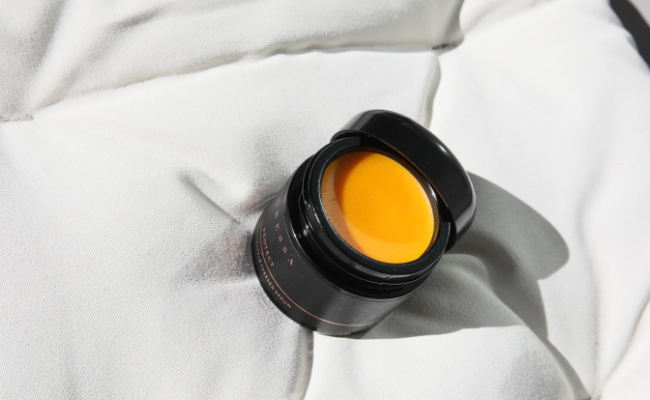
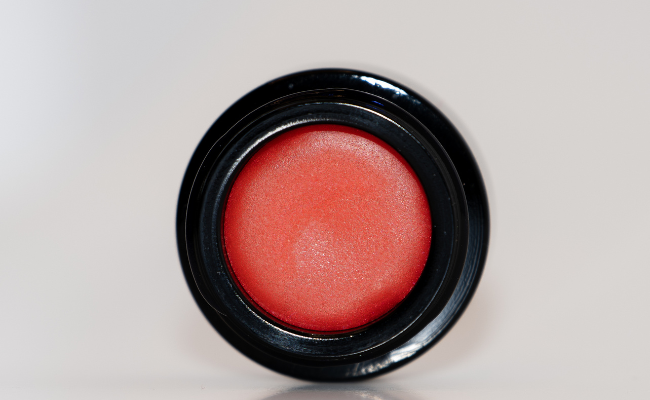


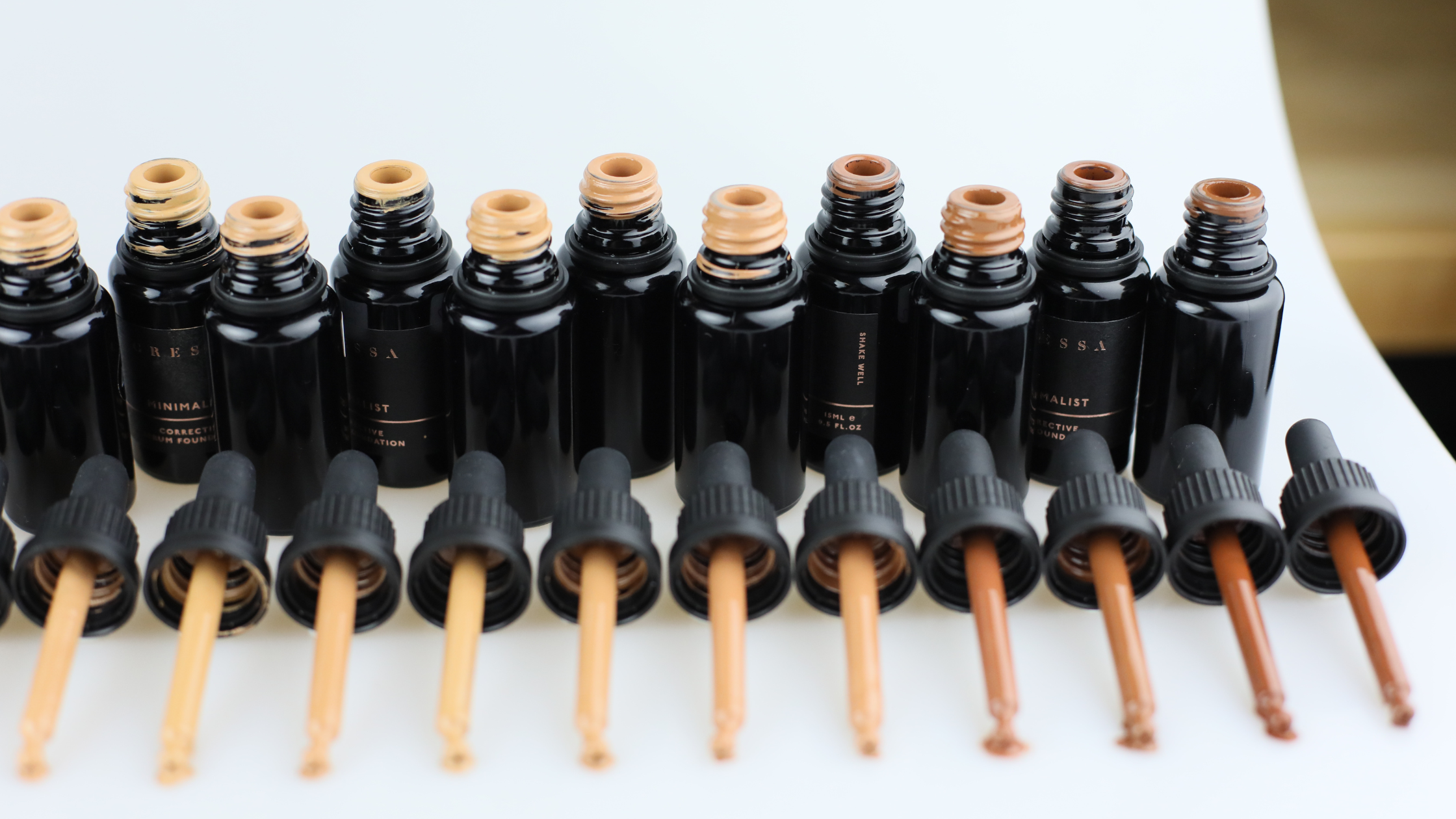

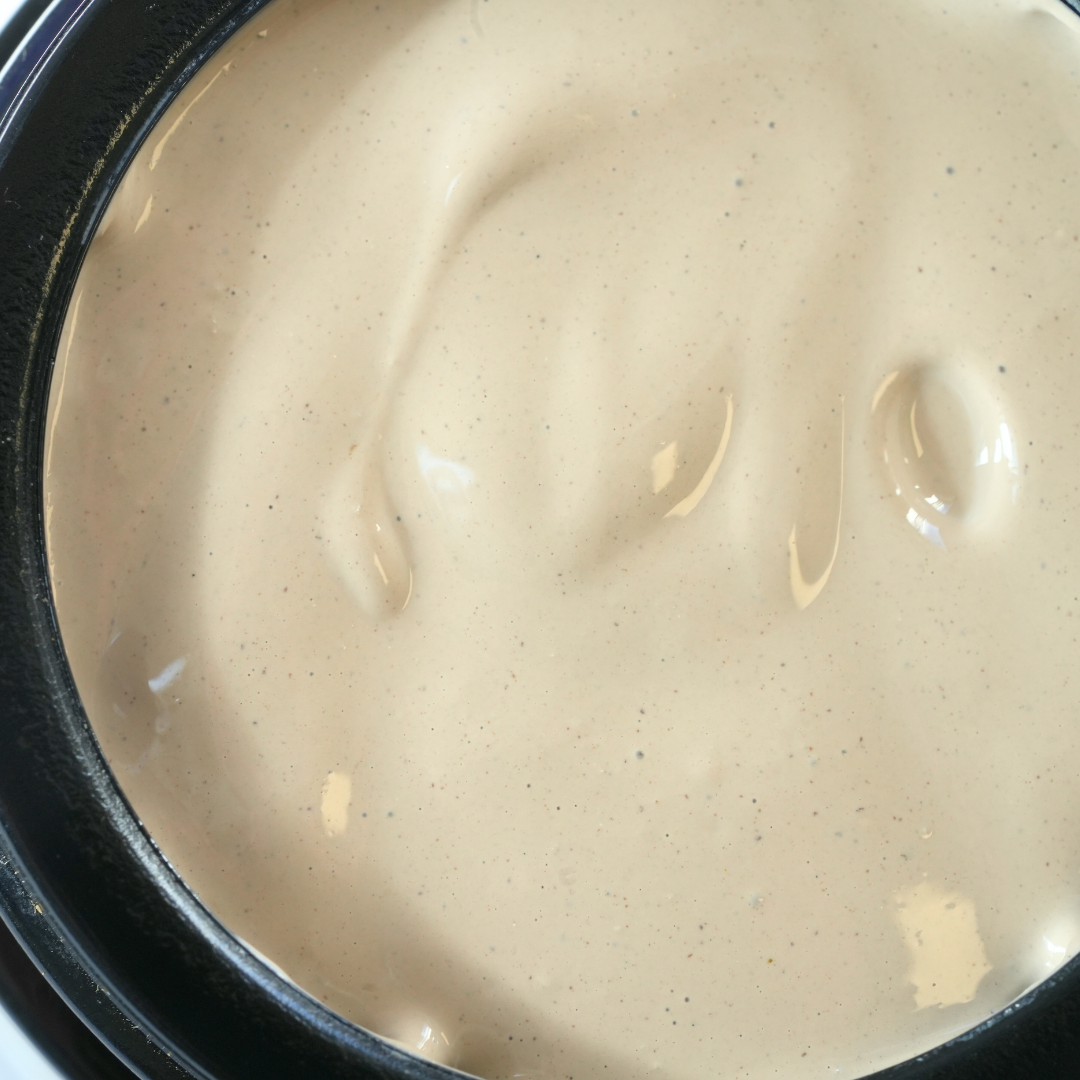
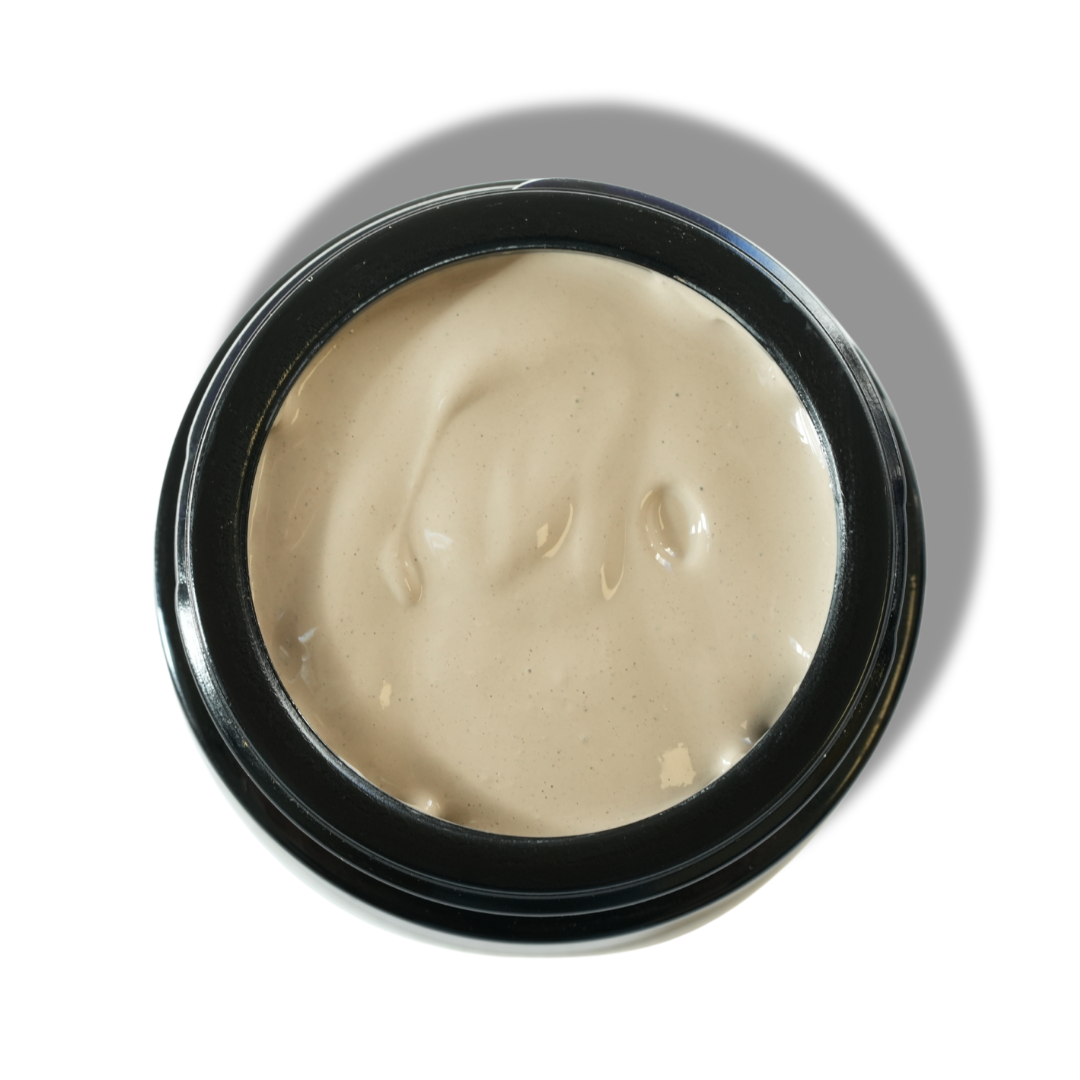
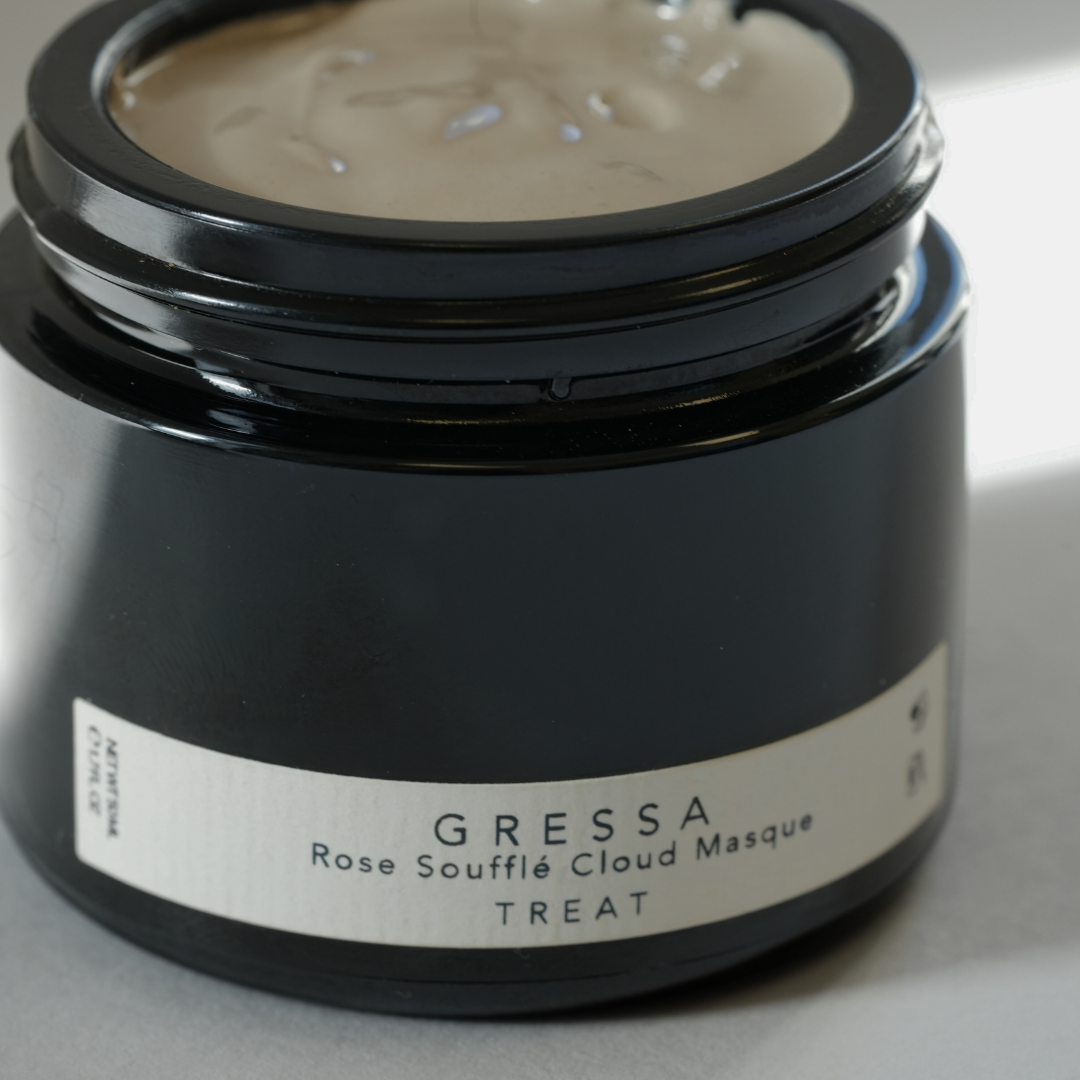
Leave a comment
This site is protected by reCAPTCHA and the Google Privacy Policy and Terms of Service apply.